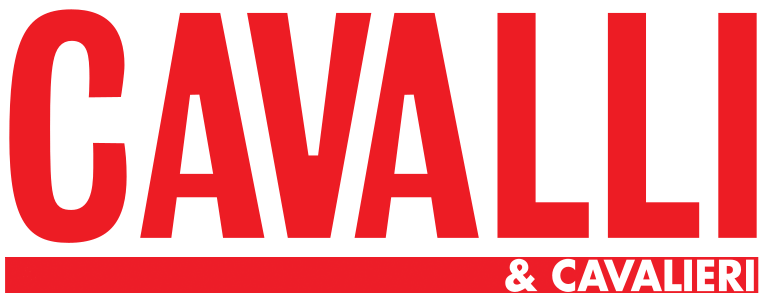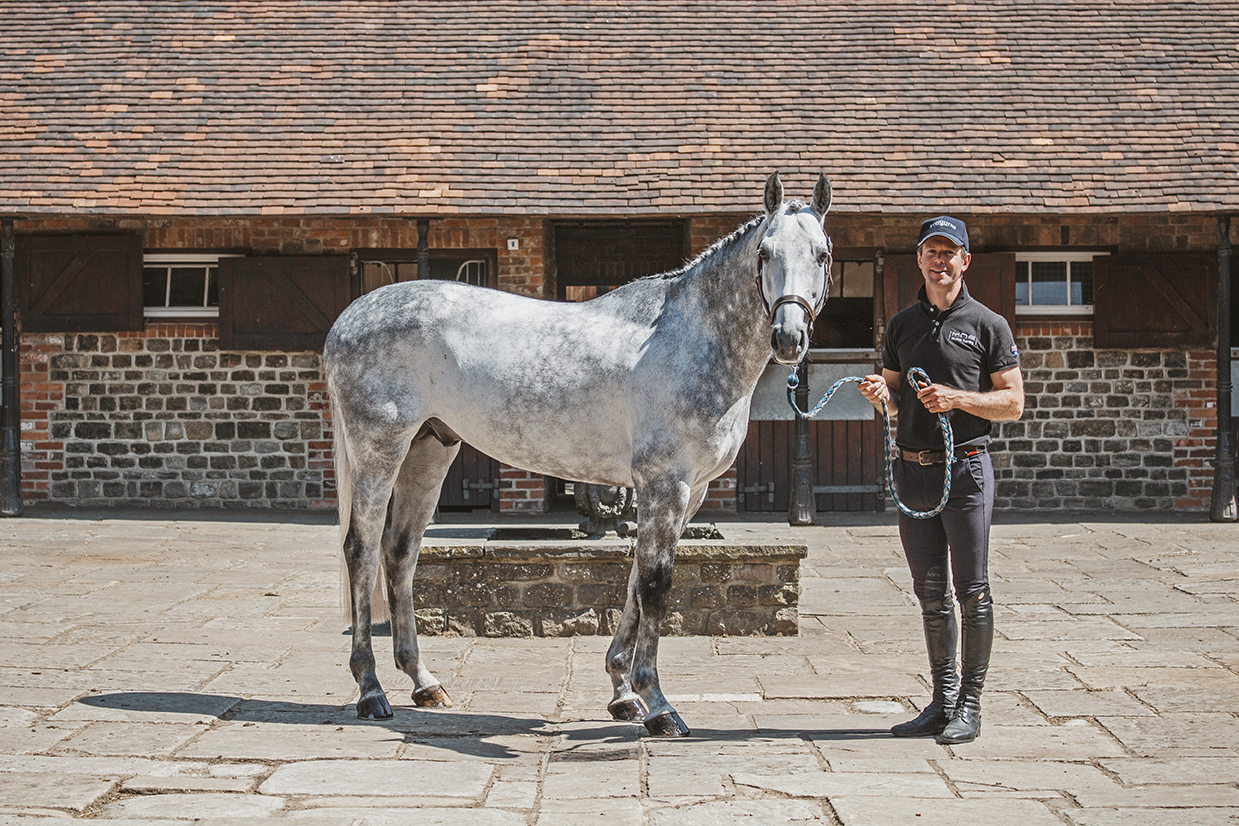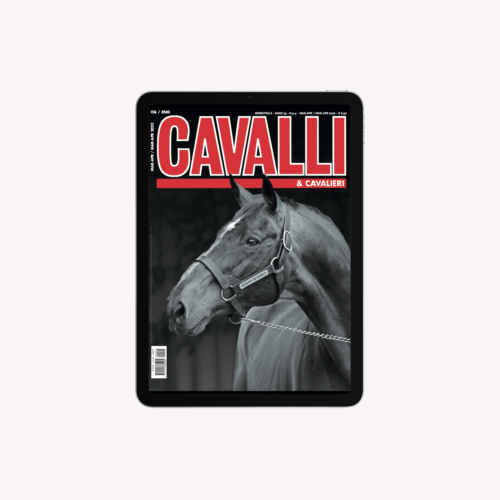Kevin McNab
Producing a horse
How to produce a young horse from the beginning to the top of its career
Producing a horse for a steady and lasting sports career means cautious progression that is well-thought over and suited to the characteristics of each individual horse. Correct development, the result of experience, and the rider’s common sense and sensitivity, allow not only stability but also the longevity of a horse’s career, which, when well-managed and of course excluding any unpredictable incidents, can last until the age of retirement. This applies to all equestrian disciplines.
Eventing is the most representative discipline in this sense as it includes all three Olympic disciplines: Dressage, Show Jumping and the Cross-Country. Eventers who devote themselves to producing horses as well as competing spend years of work and dedication preparing their horses from their debut to the top levels of their careers.
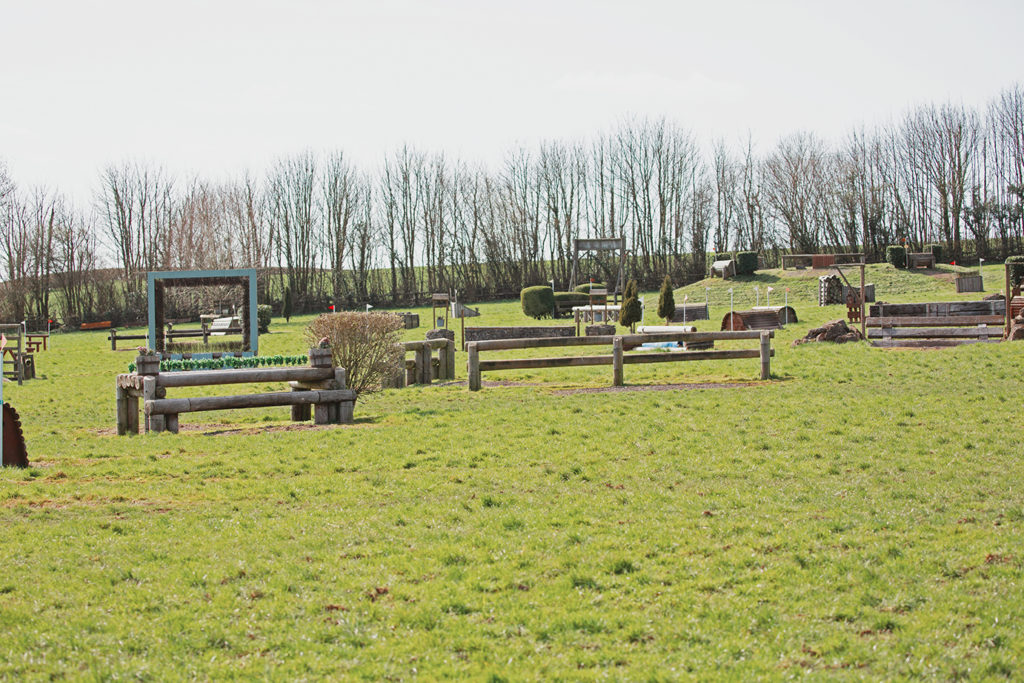
Australia’s Kevin McNab is one of the best examples on the international circuit. McNab adds to his qualities of horsemanship his experience in the daily work where there is competitive growth and the results obtained by his horses.
Kevin McNab won the Team Silver Medal at the Tokyo Olympics riding Scuderia 1918 Don Quidam. Furthermore he has wonderfully and step by step taken Cute Girl to win the WBFSH Eventing World Breeding Championships for 7-year-olds at Le Lion d’Angers in 2021. He is currently in 5th place in the FEI Eventing Ranking. Australian born but resident in the United Kingdom, together with his wife Emma, Kevin manages his own stables (Coneycroft Farm, Guildford, England).
KEVIN MCNAB Tells…
In my opinion, when starting with a horse one should go for a 3-4-year-old as I think it’s really important that everything should be systematic and happen progressively.
That is the easiest way for a horse to improve and to progress slowly. If you start with a horse that is a 4-year-old, by the time it goes to its first important competition it is a 6-year-old and therefore if you compete at Le Lion d’Angers with a 6-year-old and you have had it since it was 4, the work can be very gradual.
You can spread a lot of the work over time when a horse is between the ages of 4 and 6, which makes it easier for the horse to get stronger both mentally and physically and, if there are things that need a little more time, then one has the time to do that. If you start with a 6-year-old horse at the very beginning with the aim to take it to Le Lion d’Angers, then you have to cram a lot of work into a short period of time. So, while some horses can cope with that, not all of them can, and I think that is difficult both physically and mentally.
Slowly
In my opinion the most important thing with horses is to develop a relationship and a way of working with each horse as an individual. The better the communication between horse and rider, the better the results normally are. So, the lighter you can be with him, the more the job is fun for him and for you and I think that a horse that likes you tends to try harder for you. So, whether it’s dressage or cross country or show jumping, I like to do everything slowly and develop foundations they can fall back on if there is a problem; then it’s very easy to step back a moment and rebuild. I think if you skip steps along the way then if there is a problem and one has nothing to fall back on it becomes necessary to break everything down and start again.
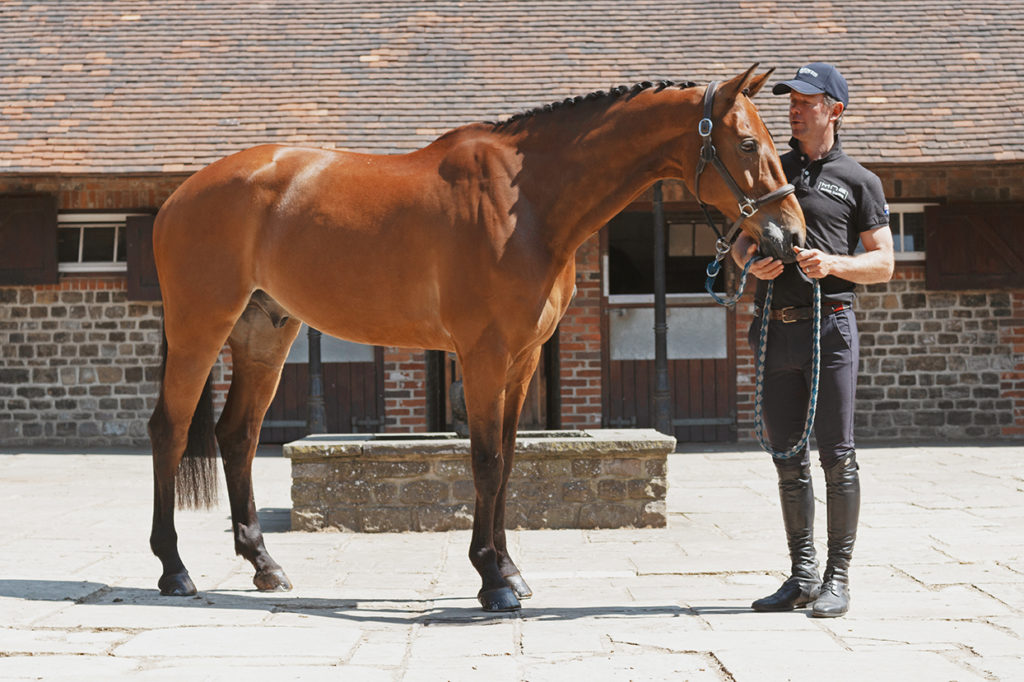
Work on technique and take your time
I don’t think there is anything better to work on than technique. Having a horse that knows how to use itself when jumping means that if you approach a fence a little incorrectly or sometimes when riding cross country a horse has to improvise a little and the horse has a way to come up with an answer which is a good one. Having technique makes it safe for horses and safe for you. So, we do a lot of exercises, grid work and slowly improve strides and gradually develop their technique and their understanding. This is done so that when turning to jump a combination, the hardest thing is to get to your first fence right and then from there the horse understands what to do as you go down the line. If you do your job really well, it means you can look like a passenger and the horse reads the line really well because you’ve educated him on how to do that and how to put things together, rather than turning the corner to a line of fences and having him panic because he doesn’t know how to come up with an answer.
I think that doing grid work and exercises also teaches horses to think about things slowly and buy time and I believe that in any sport, if you look at the true champions, they always look like they have all the time in the world. It all looks like it is happening in slow motion and what makes it the fastest, safest and most efficient is if they take time to come up with a solution. So, personally, I would prefer to see a horse turn the corner to a line and back up a little bit so you can then support it with your leg and say, ‘yes, there is something there that you need to read but I’m here with you’ and then work your way down the line. This is much easier than having a horse that turns a corner to a line, grabs the bit and runs and tries to come up with the solution in the quickest way possible.
I believe that a horse should buy time and slows down a little bit and then you can apply as much leg as you need to say ‘keep going forward’ when one needs to move forward in a combination. Or when you need to wait and your horse is very good at reading a fence and backs up, you can just sit quietly with a passive leg and allow the horse to back up to buy time and come up with a solution to the problem. I think that makes a horse really fast in cross country and really safe.
Read the full interview on the March-April 2022 issue
